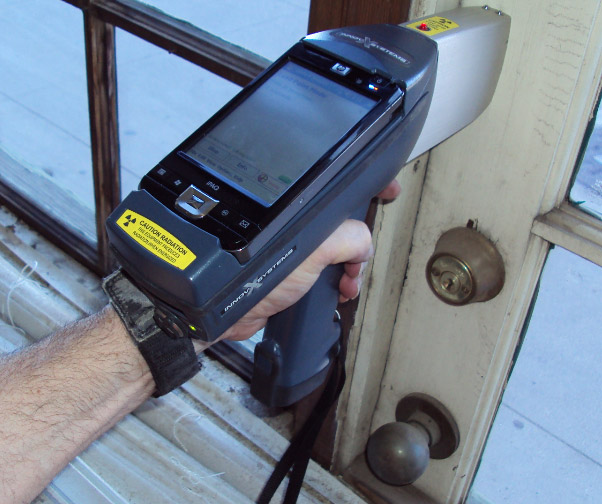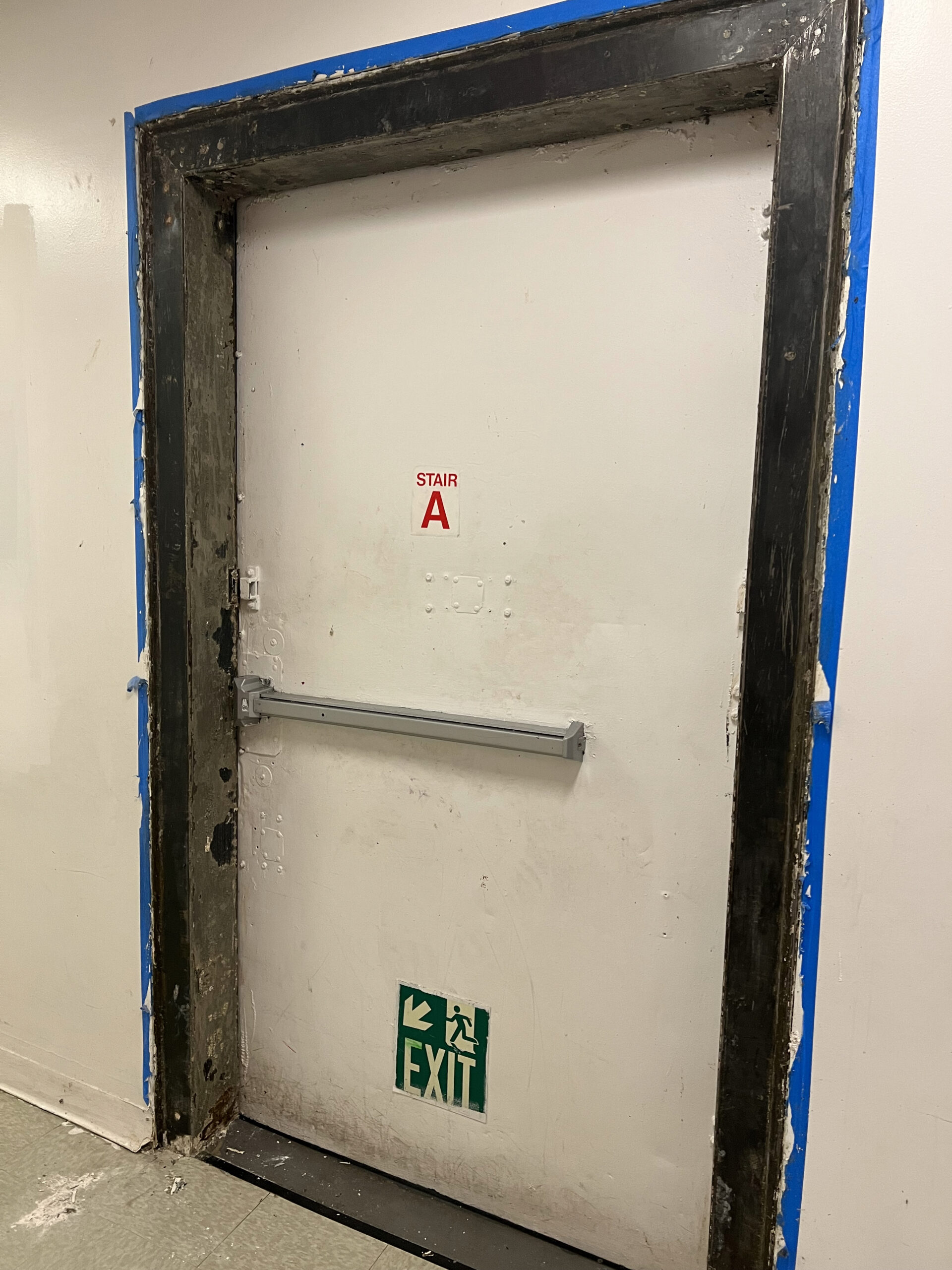Comprehensive Guide on Effective Lead Violation Removal Methods
In the realm of ecological security, addressing lead infractions requires a thorough and structured method. This comprehensive overview begins by highlighting the vital preliminary steps of determining lead hazards through sophisticated assessment and screening techniques. The overview specifies on the relevance of sticking to rigorous safety and security protocols throughout the removal procedure, consisting of the use of correct PPE and isolating influenced areas.
Identifying Lead Dangers
Recognizing lead risks is a vital very first action in alleviating the dangers connected with lead exposure. Lead, a toxic metal, can be existing in different ecological mediums, consisting of paint, dirt, water, and dirt.
The preliminary stage in determining lead threats entails understanding usual lead resources within the constructed environment. Structures constructed before 1978 are particularly susceptible because of the widespread use lead-based paint throughout that duration. In addition, dirt contamination can occur from wearing away outside paint, industrial discharges, or historic use of leaded fuel.
Another substantial resource is lead piping and pipes components, which can seep lead into alcohol consumption water. Customer goods such as toys, porcelains, and imported products may also consist of damaging lead levels. Notably, work-related environments and leisure activities involving lead can track contaminants into homes.
Analysis and Screening
When dealing with lead risks, reliable assessment and screening are extremely important. Initial analysis typically includes a visual evaluation to determine possible lead resources, such as weakening paint or polluted dust.

Dust clean tasting is an additional essential method, particularly in residential setups. By collecting examples from floorings, windowsills, and other surface areas, this approach supplies understandings right into prospective direct exposure risks. Dirt screening around building borders is necessary to detect lead contamination that could posture dangers, particularly to children.
Safe Elimination Procedures
Upon finishing comprehensive assessment and screening, carrying out safe elimination procedures is the next important stage in dealing with lead risks. This process makes sure that lead-contaminated products are properly and securely eliminated, decreasing threat to both employees and locals. The initial step includes separating the damaged area utilizing plastic bed linen and proper sealing techniques to stop the spread of lead dust.
Workers need to put on suitable individual protective devices (PPE), including respirators, handwear covers, and non reusable coveralls, to mitigate direct exposure. Utilizing specialized tools and damp techniques, over at this website such as damp fining sand or using HEPA-filtered vacuums, minimizes the diffusion of lead fragments. It is crucial to avoid completely dry fining sand or unpleasant blowing up, as these approaches can generate dangerous lead dust.
Waste disposal is one more crucial component; all polluted products must be safely nabbed and identified according to EPA and neighborhood guidelines. Furthermore, extensive cleansing of the job area with HEPA vacuum cleaners and review wet wiping ensures the removal of recurring lead particles.
Post-Removal Confirmation

Confirmation of successful lead removal, understood as post-removal verification, is critical to ensure the security and habitability of the remediated location. This assessment makes certain that all recognized resources of lead have actually been resolved and that no noticeable indications of contamination remain.
Complying with the aesthetic examination, ecological tasting is performed. This includes gathering dirt, dirt, and sometimes water examples from the remediated location. Accredited laboratories examine these samples to determine lead degrees, ensuring they fall listed below the safety limits developed by regulatory bodies such as the Environmental Security Company (EPA)
On top of that, air quality screening might be performed to detect air-borne lead bits, especially in situations where considerable lead-based paint removal or remodelling has happened. The outcomes of these examinations give quantitative data confirming that the lead degrees are within permitted limitations.
Ultimately, post-removal confirmation offers as a crucial checkpoint, validating the performance of the lead abatement efforts and guarding the wellness of owners and site visitors.
Safety Nets and Upkeep

A vital safety net includes making use of lead-safe licensed contractors for any type of restoration, fixing, or painting tasks. These specialists are learnt methods weblink that lessen lead dust and particles. In addition, preserving coloured surfaces to avoid cracking or peeling is vital, as degrading paint can release lead bits right into the environment.
Educational initiatives targeting property owners and occupants relating to the risks of lead and the value of reporting any potential threats can better improve preventive efforts. Regular cleansing using HEPA vacuum cleaners and wet mopping methods can substantially decrease lead dirt build-up.
Conclusion
In recap, reliable lead violation removal necessitates a thorough technique encompassing detailed evaluation, specific testing, and rigid elimination treatments. Recurring evaluations and upkeep are essential to mitigate future lead dangers, thereby protecting public wellness and guaranteeing sustained conformity with regulatory demands.